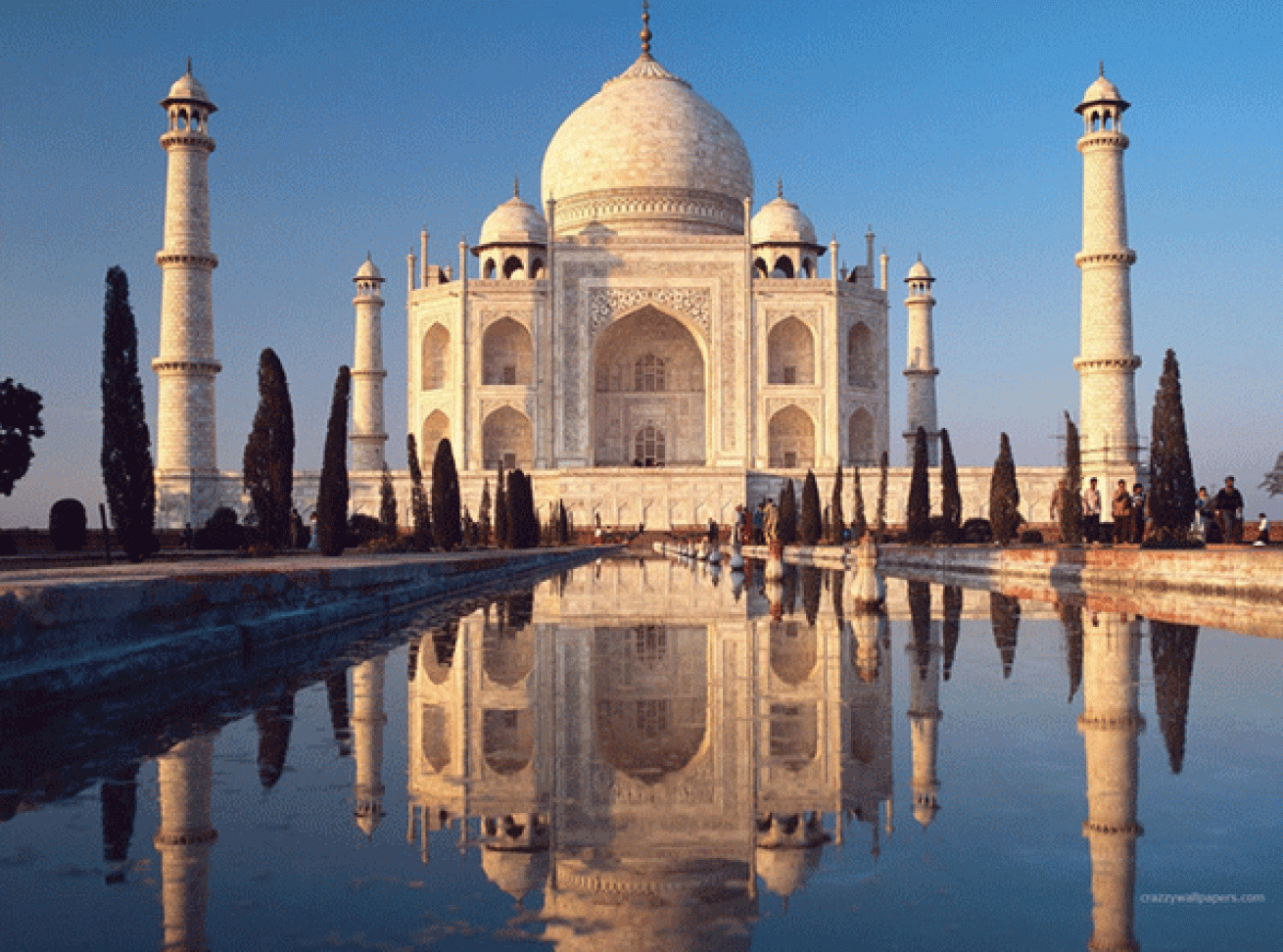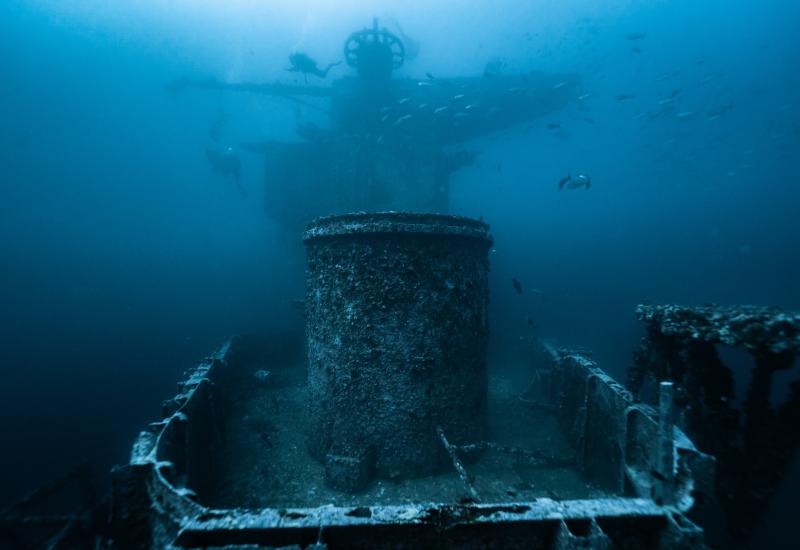Wreck Chat: The Taj Mahal Treasure

The Taj Mahal Treasure. Ever hear of it? Neither did I until I started hanging out with Capt. Carl Fismer of Tavernier, Florida. The “Fizz” took me diving on one of the 1733 Spanish galleons sunk off Key Largo, and on the boat ride out, he spun a tale that rivaled the legends of the Arabian Nights. It was about a Mogul emperor, a renowned novelist, and thousands of silver coins linked to a ship that sailed the “spice route” to India nearly 300 years ago.
There were no storm warnings when one of the 18th-century ships in the fleet of the Dutch East India company left Agra, India — home of the Taj Mahal — and headed for the Orient. The captain and crew had survived monsoons, but they were no match for a typhoon that swept them on to the rocks of the Indian Ocean’s Great Basses Reef off the southern coast of Ceylon (now Sri Lanka). Few records were recovered relating to the loss of life or the thousands of silver rupees that were part of the merchant ship’s cargo.
In 1961, filmmakers Mark Smith and Bobby Kriegel spotted the silhouette of a small cannon while they were photographing large groupers that congregated off a picturesque fishing village along the palm-fringed coast. Returning the next day, they recovered the cannon, along with several buckets of silver rupees.
Smith and Kriegel contacted their friend and fellow diver, Arthur C. Clarke, an Englishman who had made the island his home for five years. Clarke, who later wrote a celebrated bestseller — 2001: A Space Odyssey — helped them claim salvage rights and identify the coins.
More than 5,000 coins were retrieved in single denominations and clumps weighing 25 to 30 pounds each. The Arabic script stamped on them was translated as a mint mark from 1702. All were newly minted and appeared to be from the reign of Mogul Emperor Aurangzeb whose father, Shah Jahan, built the Taj Mahal. The coins could have been payment for goods by Aurangzel to the Dutch East India Company, famous for its spice route and silk trade through Europe and the Far East from 1502 to 1815.
Clarke made several dives on the wreck and retrieved some coins that he sent for display to the Smithsonian Institution in Washington, D.C. That’s where the Fizz saw them and contacted the famous author/treasure salvor about a possible film documentary. At Clarke’s invitation, the Fizz joined him in Sri Lanka and filmed Before 2001: The Story of the Taj Mahal Treasure. The two salvage sleuths became diving buddies and good friends until Clarke’s death in 2008 at age 90. The film is now a classic treasure tale.









